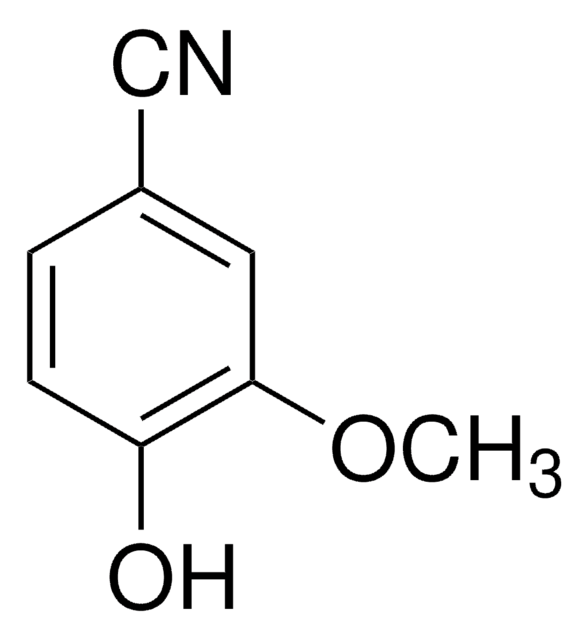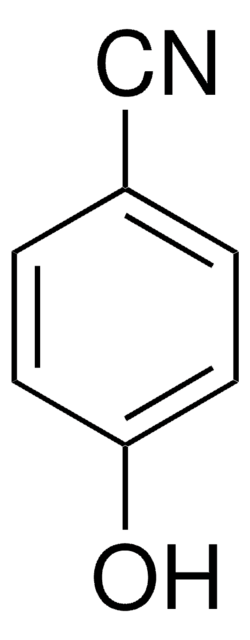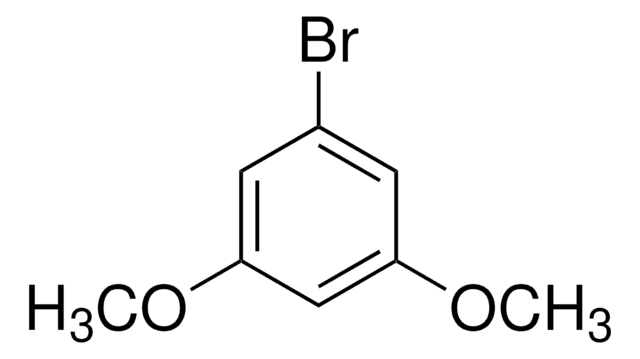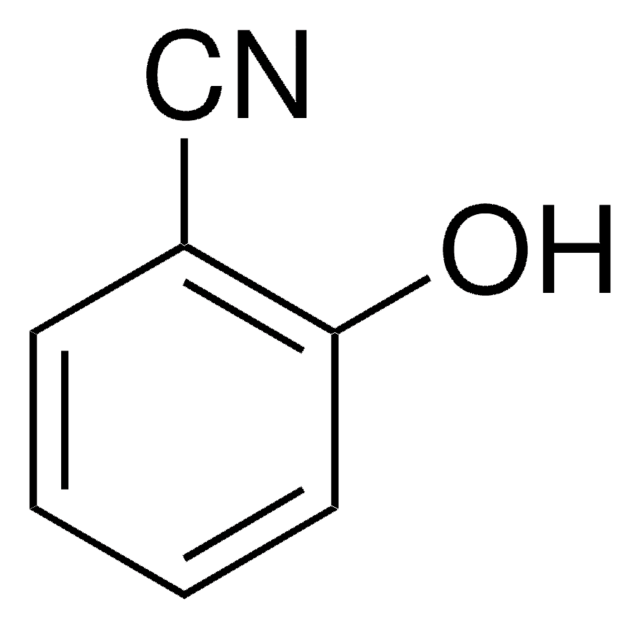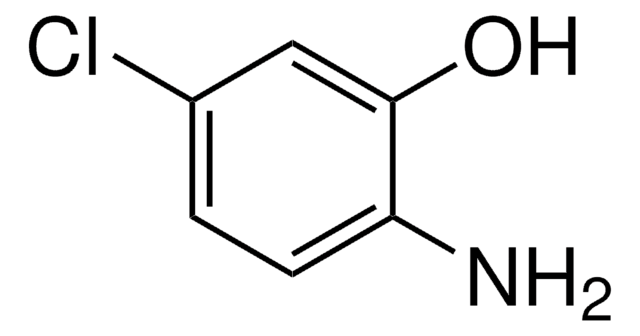All Photos(2)
About This Item
Linear Formula:
HOC6H3(NO2)CN
CAS Number:
Molecular Weight:
164.12
EC Number:
MDL number:
UNSPSC Code:
12352100
PubChem Substance ID:
NACRES:
NA.22
Recommended Products
Quality Level
Assay
98%
mp
146-148 °C (lit.)
functional group
nitrile
nitro
SMILES string
Oc1ccc(cc1[N+]([O-])=O)C#N
InChI
1S/C7H4N2O3/c8-4-5-1-2-7(10)6(3-5)9(11)12/h1-3,10H
InChI key
INBLGVOPOSGVTA-UHFFFAOYSA-N
Related Categories
General description
4-Hydroxy-3-nitrobenzonitrile is one of the main photoproduct formed during hotolytic destruction of herbicide bromoxynil.
Application
4-Hydroxy-3-nitrobenzonitrile may be used in the synthesis of:
- 3-azido-4-methoxybenzonitrile
- 4-methoxy-3-nitrobenzonitrile
- ethyl [2,2-dimethyl-6-(Δ2-thiazolin-2-yl)-4H-l,4-benzoxazin-3-one-4-yl]butyrate
Signal Word
Warning
Hazard Statements
Precautionary Statements
Hazard Classifications
Acute Tox. 4 Dermal - Acute Tox. 4 Inhalation - Acute Tox. 4 Oral - Eye Irrit. 2 - Skin Irrit. 2 - STOT SE 3
Target Organs
Respiratory system
Storage Class Code
11 - Combustible Solids
WGK
WGK 3
Flash Point(F)
Not applicable
Flash Point(C)
Not applicable
Personal Protective Equipment
dust mask type N95 (US), Eyeshields, Gloves
Choose from one of the most recent versions:
Already Own This Product?
Find documentation for the products that you have recently purchased in the Document Library.
X-Ray Structural Analysis of Ethyl [2, 2-dimethyl-6-(?2-thiazolin-2-yl)-4H-1, 4-benzoxazin-3-one-4-yl] butyrate.
Caliendo G, et al.
Structural Chemistry, 9(2), 121-127 (1998)
Photochemistry of halogenated benzene derivatives. part xii.* effects of sodium nitrite on the environmental phototransformation of bromoxynil (3, 5-dibromo-4-hydroxybenzonitrile) herbicide in water: The photoincorporation of nitrite ions into bromoxynil.
Kochany J and Choudhry GG.
Toxicological & Environmental Chemistry, 27(4), 225-239 (1990)
Stanislav A Bakunov et al.
Journal of medicinal chemistry, 53(1), 254-272 (2009-11-26)
Novel dicationic triazoles 1-60 were synthesized by the Pinner method from the corresponding dinitriles, prepared via the copper(I)-catalyzed azide-alkyne cycloaddition (CuAAC). The type and the placement of cationic moieties as well as the nature of aromatic substituents influenced in vitro
Our team of scientists has experience in all areas of research including Life Science, Material Science, Chemical Synthesis, Chromatography, Analytical and many others.
Contact Technical Service